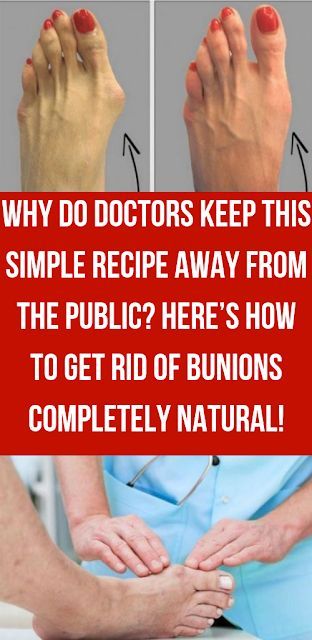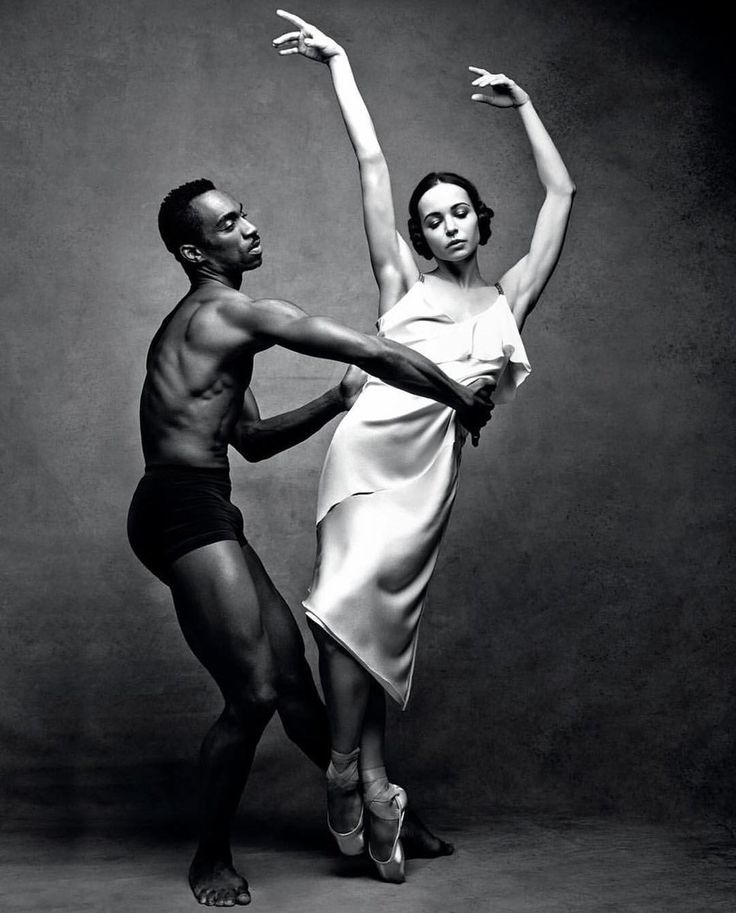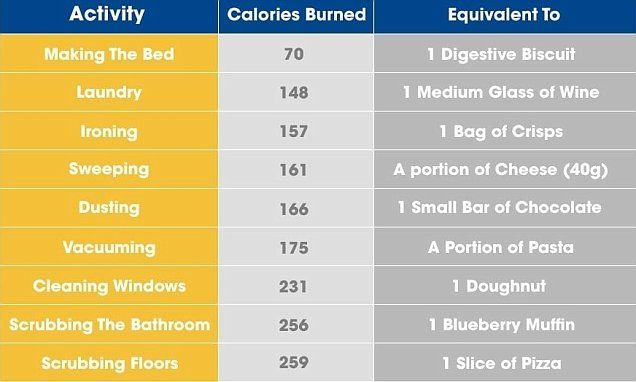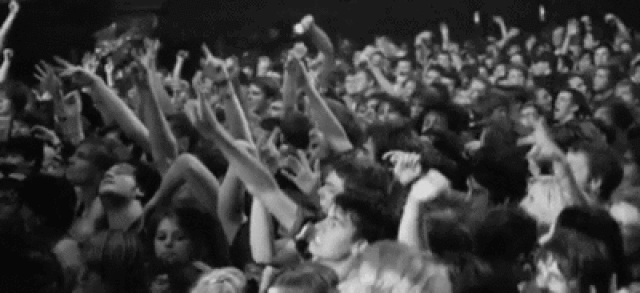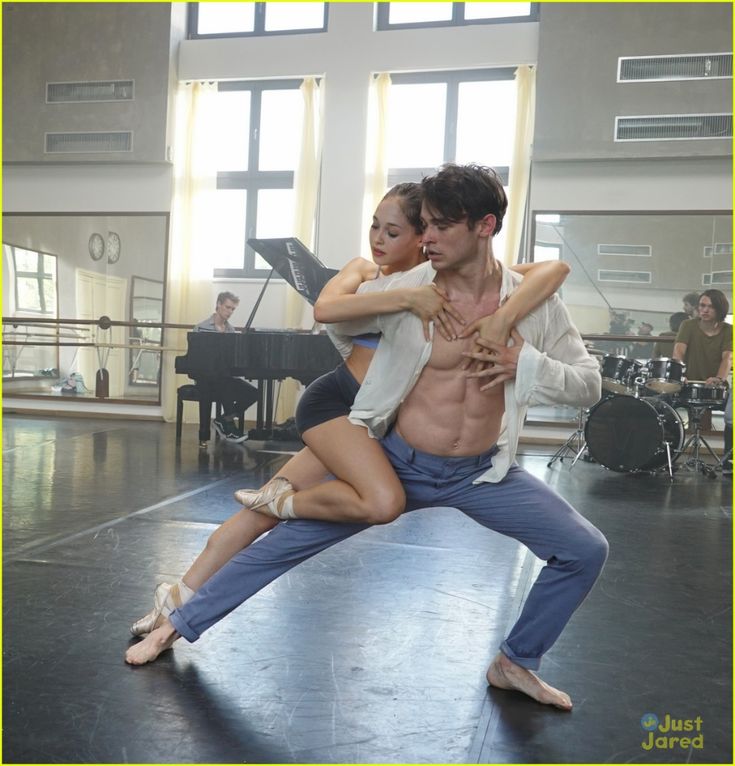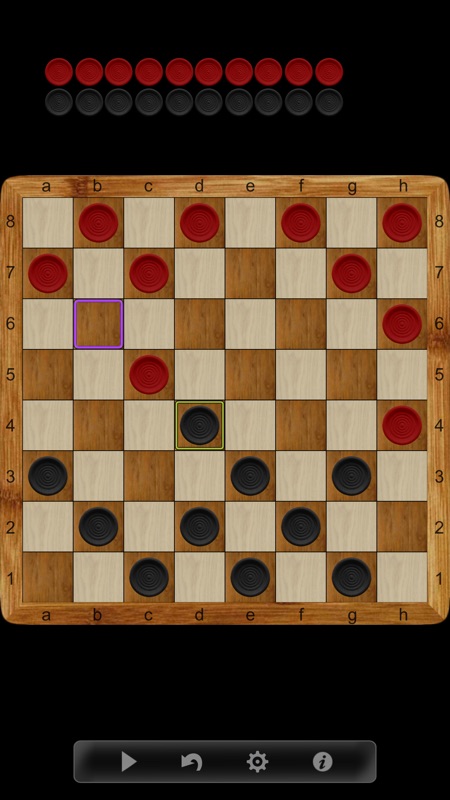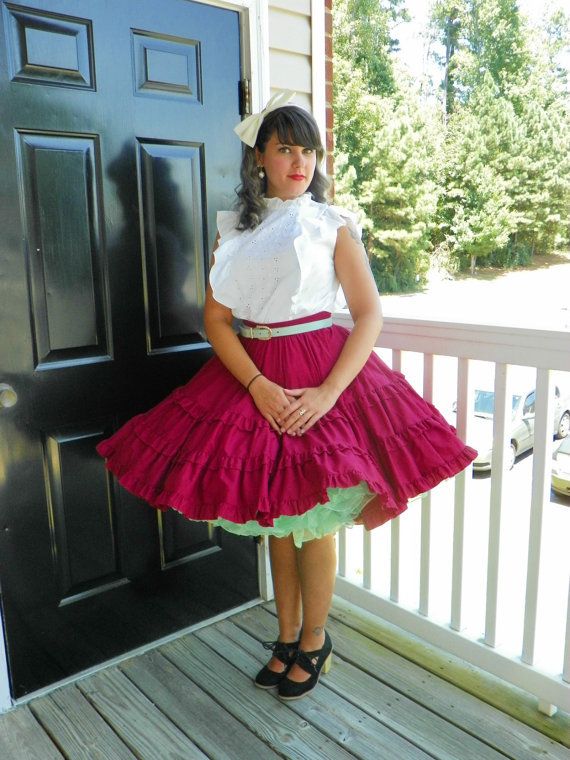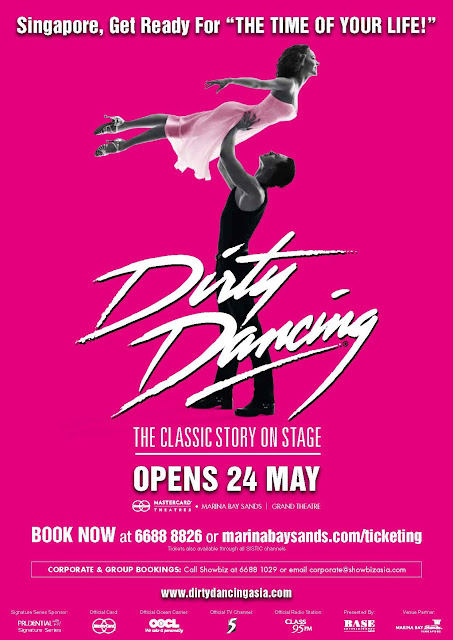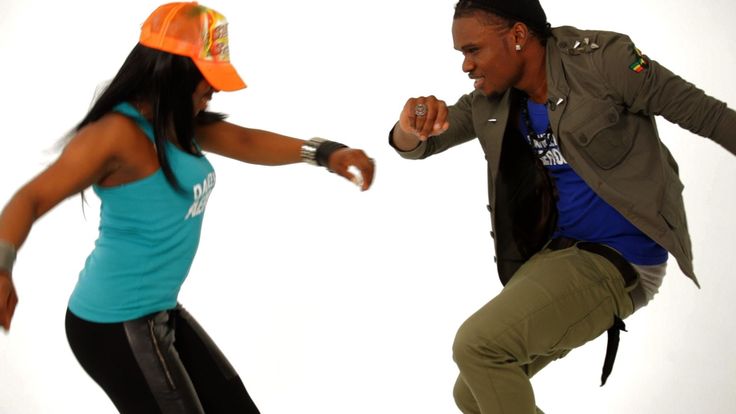How to prevent bunions for dancers
Your Best Body: All About Bunions
First, the good news: Ballet does not cause bunions directly. That said, many a dancer is plagued with the pesky bump on their big-toe joint. Fortunately, there’s no need to rush to surgery, since much can be done to treat bunions and make dancing with them more comfortable.
Bunion Basics
A bunion is a bony protuberance of the joint at the base of the big toe, which forces it to angle inwards toward the other toes. The bump may become red, inflamed and cause pain. Bunions are hereditary, and if your genes have passed them down to you, there is currently no scientific evidence that you can prevent them. But although your DNA is the original source, most doctors agree that ballet exacerbates the problem—which is why 90 percent of dancers have some kind of enlargement of the big-toe joint, according to Thomas Novella, a podiatrist who works with New York City Ballet, American Ballet Theatre and other dance companies. “Bones adapt to dance,” he says. Some change in the toe shape simply comes with the job. Luckily, however, plenty of dancers with bunions have no pain at all.
Keep It In Check
You may not be able to prevent bunions, but you can keep them from causing serious discomfort by following several simple procedures at the first sign of that tell-tale bump.
Good foot alignment is key. Think of the standing leg as a column centered on the foot: Keep equal weight on your heel, pinkie and big toe. Be careful to turn out from the hip: Rotating at the ankle causes the foot to roll inward, placing unneeded pressure on the big-toe joint, which can make it more unstable.
Frank Sinkoe, a podiatrist who works with Atlanta Ballet dancers, finds that screening ballet students can help detect future dancers who are prone to developing bunions. “A hypermobile foot will be more predisposed,” he says. By strengthening the muscles of their feet, dancers with this foot type can protect the toe joint. “Exercises can help to stabilize the first toe joint and reduce the extent of the deformity,” says Sinkoe. He suggests practicing toe push-ups: Sitting in a chair, with your feet on the ground and resistance on the knee, go from demi-pointe to full pointe with straight (not curled) toes. This will engage the arch muscles and activate the intrinsic muscles of the foot. He also recommends working with a Thera-Band: Sitting on the floor, place the Thera-Band around your toes; take the leg to a front tendu with the heel down, then lift and lower your toes using the Thera-Band for resistance.
He suggests practicing toe push-ups: Sitting in a chair, with your feet on the ground and resistance on the knee, go from demi-pointe to full pointe with straight (not curled) toes. This will engage the arch muscles and activate the intrinsic muscles of the foot. He also recommends working with a Thera-Band: Sitting on the floor, place the Thera-Band around your toes; take the leg to a front tendu with the heel down, then lift and lower your toes using the Thera-Band for resistance.
Pointe Shoe Problems
Poorly fitting pointe shoes can aggravate bunions. Pay attention to the shape of the vamp, making sure it spreads the impact throughout all five toe joints when on pointe. “If you have a long first toe, you need a narrow, tapered box so that the smaller toes get some of the impact instead of it all falling on the first toe joint,” says Novella. Sinkoe cautions against letting the pointe shoe fitter opt for a too-wide shoe to accommodate your bunion. Also, make sure the vamp is long enough.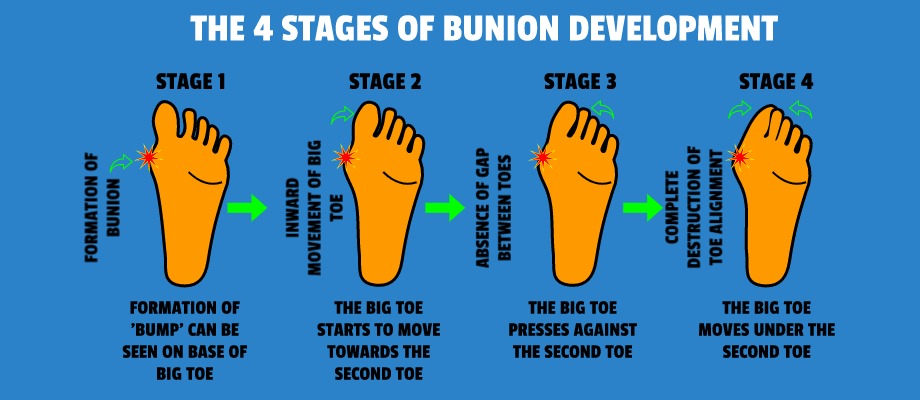 “If your toes curl in plié, your shoe is too short, and that reduces the leverage and strength the toes have to support and protect the foot,” says Novella. Too-short shoes can cause metatarsal stress fractures; dancers with more advanced bunions are particularly vulnerable.
“If your toes curl in plié, your shoe is too short, and that reduces the leverage and strength the toes have to support and protect the foot,” says Novella. Too-short shoes can cause metatarsal stress fractures; dancers with more advanced bunions are particularly vulnerable.
Novella doesn’t recommend alternating your shoes as they break in. “Shoes mold into a shape—switching shoes can cause unnecessary compression on the bunion,” he says. “It also hastens the ‘death’ of the pointe shoe by putting undue stress on its materials. Ironically, some dancers switch shoes to make them last longer, and these dancers tend to wear their shoes well beyond a reasonable number of uses. Dancing in dead shoes is a disaster and puts a tremendous strain on the toes.”
Padding and taping, to keep the big toe in place, can offer comfort. However, “padding can fill up the shoe too much and is not always the answer,” warns Sinkoe. Wearing a toe spacer in a pointe shoe is okay, but not for soft shoes or street shoes.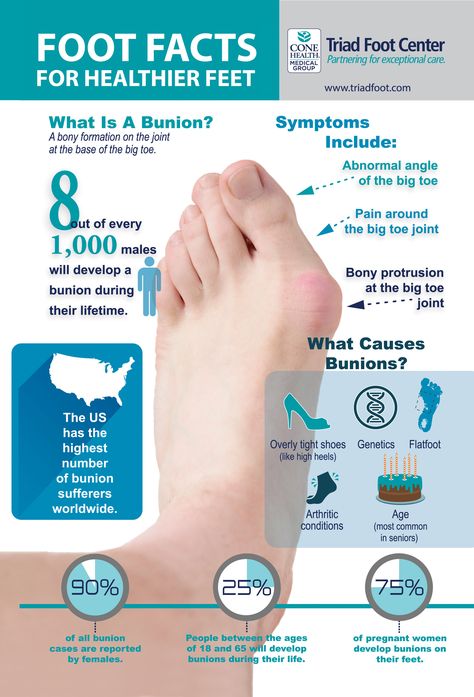 Both Novella and Sinkoe caution dancers to pay attention to how the extra material affects the fit of a shoe and alters the alignment of your foot. Use trial and error to find what works for you.
Both Novella and Sinkoe caution dancers to pay attention to how the extra material affects the fit of a shoe and alters the alignment of your foot. Use trial and error to find what works for you.
Outside The Studio
Although you can’t correct bunions without surgery, there is help. If your bunions become painful or inflamed, Sinkoe recommends icing for 10 minutes at a time and taking anti-inflammatories when necessary. “In some difficult cases I have used a cortisone injection,” he says.
Also, pointe shoes should be regularly evaluated to make sure they are accommodating the bunion. And don’t neglect your street shoes—choose styles with good support. “Sometimes, I suggest orthotics in street shoes to align the foot in a more neutral position,” says Sinkoe.
Going Under The Knife
Surgery is often best postponed until retirement, since it can lead to stiffness and inflexibility. For older dancers, recovery can take over a year. “Surgery on the big toe is usually not a good idea.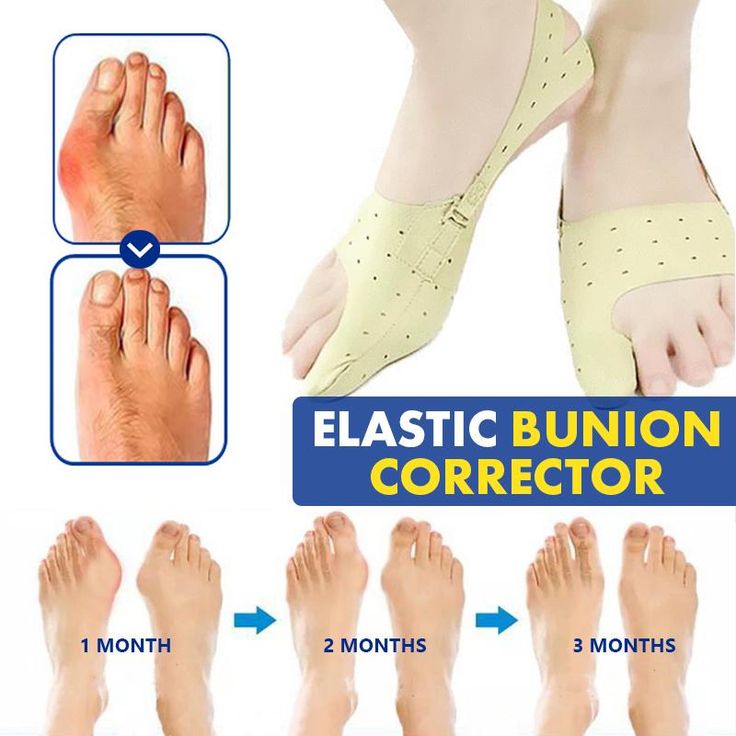 Scar tissue can develop, causing a loss in relevé,” says Novella. “Not even the best surgeon can guarantee full range of motion.” Unless bunions cause major trouble, most retired dancers decide that surgery simply for cosmetic reasons is not worth the long recovery process and possible loss of flexibility. As Novella says, “Dancers’ feet are a badge of honor.”
Scar tissue can develop, causing a loss in relevé,” says Novella. “Not even the best surgeon can guarantee full range of motion.” Unless bunions cause major trouble, most retired dancers decide that surgery simply for cosmetic reasons is not worth the long recovery process and possible loss of flexibility. As Novella says, “Dancers’ feet are a badge of honor.”
Nancy Wozny writes about the arts and health from Houston.
Straight Talk On Sugar Substitutes
Many dancers try to cut calories by using low- or zero-calorie sugar substitutes. But are they healthy?
Peggy Swistak, nutritionist at Pacific Northwest Ballet School, notes that there are two kinds of substitutes. Non-nutritive sweeteners, including aspartame (Equal and NutraSweet), saccharin (Sweet’N Low) and sucralose (Splenda), are made in a lab and have zero calories.
Agave and stevia are natural plant products that are not technically calorie-free, “but,” Swistak says, “because they’re 200 times sweeter than sugar, you use a lot less.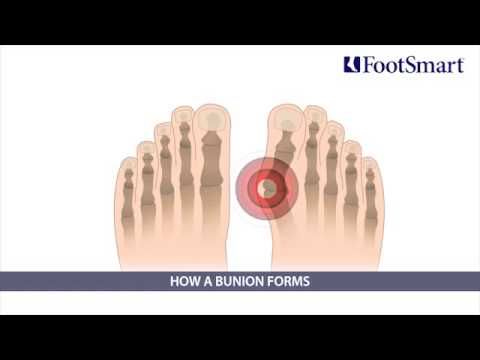 ”
”
Swistak doesn’t see a problem with using either variety in moderation. “Everything in the world has been blamed on sugar substitutes, and there’s been no research to substantiate those claims,” she says. She advises consuming no more than two non-nutritive sweetened products per day to limit the amount of chemicals you ingest and avoid stomach aches. “Our bodies can’t digest non-nutritive sweeteners, which is why they pass through us,” says Swistak. “Too much can cause bloating and discomfort.”
And beware: non-nutritive sweeteners may actually make you hungrier. Some nutritionists believe the fake sweetness causes your insulin to spike, stoking your appetite. Swistak cautions, “It’s good to have the Diet Coke instead of the regular, but not if that means you eat the bag of Oreos later!”
Butterflies In The Stomach?
There’s a new solution for stage fright: sun salutations. A recent study at Harvard Medical School found that yoga and meditation calmed performance anxiety in professional musicians.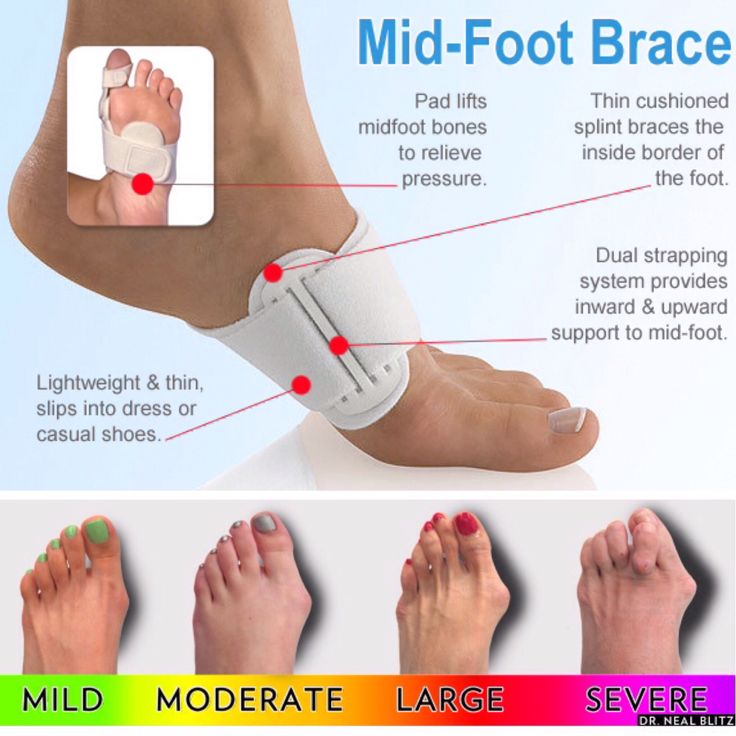 Vanessa Muncrief, a yoga instructor and physical therapist who works with dancers at New York’s Harkness Center for Dance Injuries, believes this finding can also apply to dancers. “When the body and mind are in sync, you can achieve a feeling of ‘performance flow,’ ”she says, or what many dancers refer to as being “in the zone.”
Vanessa Muncrief, a yoga instructor and physical therapist who works with dancers at New York’s Harkness Center for Dance Injuries, believes this finding can also apply to dancers. “When the body and mind are in sync, you can achieve a feeling of ‘performance flow,’ ”she says, or what many dancers refer to as being “in the zone.”
Muncrief recommends centering yourself with a few minutes of mindfulness meditation before heading onstage. “Focus on simple, regular breathing,” she says. “If any thoughts enter your mind, acknowledge them, perhaps with the word ‘thinking,’ and then let them go.”
Also find a short yoga series to practice on a regular basis and return to when you need to steady your nerves—the poses you choose don’t matter as much as simply performing them regularly. “By going through familiar movement, you can focus on a steady breathing pattern, calm the mind and prepare your body for a rigorous performance,” explains Muncrief. “Regular practice, just as in dance, is key for decreasing anxiety and upping performance level. ”
”
Massage Your Muscles
Traditional foam rollers have gotten an upgrade. The next time your muscles are full of knots, try the RumbleRoller. It’s shaped like a traditional foam roller, but the surface features 200 specially designed bumps that are firmer than muscle but softer than bone. It gently kneads soft tissue in multiple directions, working out all the kinks. See www.rumbleroller.com.
Super Quinoa
This super-charged grain (pronounced KEEN-wah) is an athlete’s best friend. The ancient Incas in South America even believed quinoa was sacred because it increased their warriors’ stamina. Eat some before heading to rehearsal to keep your endurance going strong throughout every run-through.
Why:
With a balanced set of essential amino acids, quinoa is a complete protein source. It’s also packed with dietary fiber, iron, magnesium, vitamin B9 and zinc.
Taste:
It’s slightly crunchy and has a mild flavor, with just a hint of nuttiness.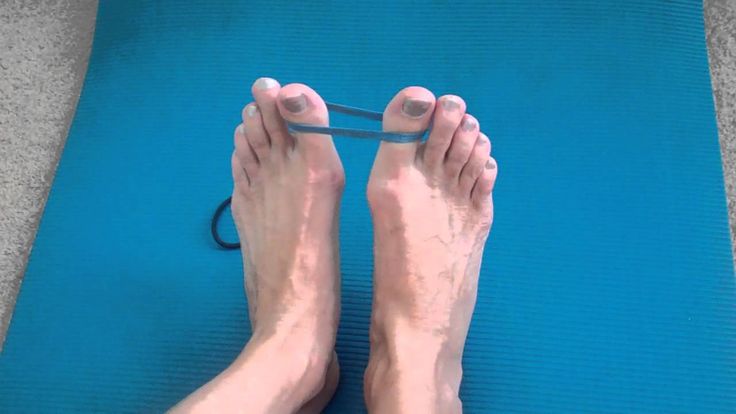
How to Cook:
Boil two cups of water and add one cup of quinoa. Cover, reduce heat to a simmer and cook for about 12 minutes or until fluffy.
Recipe Ideas:
Add it to vegetables, beans, fish or chicken for lunch or dinner, or mix with berries, honey and almonds for a hearty breakfast.
What’s the biggest misconception dancers have about their bodies?
“Dancers have such loose hamstrings that they don’t think they need to work on flexibility,” says Adam Daredia, a certified strength and conditioning specialist who trains dancers in New York City. “But they’re extremely tight in the hips—especially the piriformis.” That’s because the piriformis is the muscle in your glutes that you use to turn out. And if you let it get too tight, it can cause lower back problems. Daredia says the best way to stretch the piriformis is in pigeon pose: Sit down as if you’re in a split, but with the front knee bent at a 90-degree angle; square off your hips; then lower your upper body forwards to the floor.
How to Deal with Bunions as a Ballet Dancer
No one wants bunions, not even Paul Bunyan, and especially not dancers. Let’s face it, dancers sacrifice the beauty of their feet for their art, so if you have bunions, it only makes dancing seem that much harder. But dancing with bunions is not impossible!
What are Bunions?
If you don’t know, a bunion is a bony bump that shows up on your big toe. Sadly, bunions are hereditary and can sometimes, but rarely, be triggered by narrow shoes. Contrary to popular belief, they are not caused by dance. Luckily, our bodies adapt and if you are predisposed to getting bunions, have no fear, you can still dance without being in pain.
However, if you are currently dealing with bunions, check with your doctor and dance teacher about what exercises are safe for you to do.
How to Deal With Bunions as a Ballet Dancer
Here are some ways you can help deal with your bunions without resorting to a surgical procedure:
One crucial thing to do is to strengthen the muscles surrounding the big toe. It’s really important to stretch your feet, specifically your toes before or after a ballet class or a pointe class. One easy stretch is to just pulling your toes off the floor to wake up the feet. Another great way to keep your toes going is to use a TheraBand or even a towel, to create some resistance and really stretch the muscles.
It’s really important to stretch your feet, specifically your toes before or after a ballet class or a pointe class. One easy stretch is to just pulling your toes off the floor to wake up the feet. Another great way to keep your toes going is to use a TheraBand or even a towel, to create some resistance and really stretch the muscles.
You can also use the band to stretch your entire foot against it and activate your ankles too. Then, if you’re using a towel, lay it on the ground, and if you’re not using one, grab one, and then try to grab the towel and pull it forward using just your toes. Another thing you can do is “dome” your feet. Just arch your feet with the ball of the foot still on the ground, then relax and repeat. The key is maintaining mobility in the toes and in the feet so that way you don’t aggravate your bunions.
If you’re on pointe, pay attention to your pointe shoes! Are you curling your foot when you go up on to plié? Then it might be time to get a taller shoe.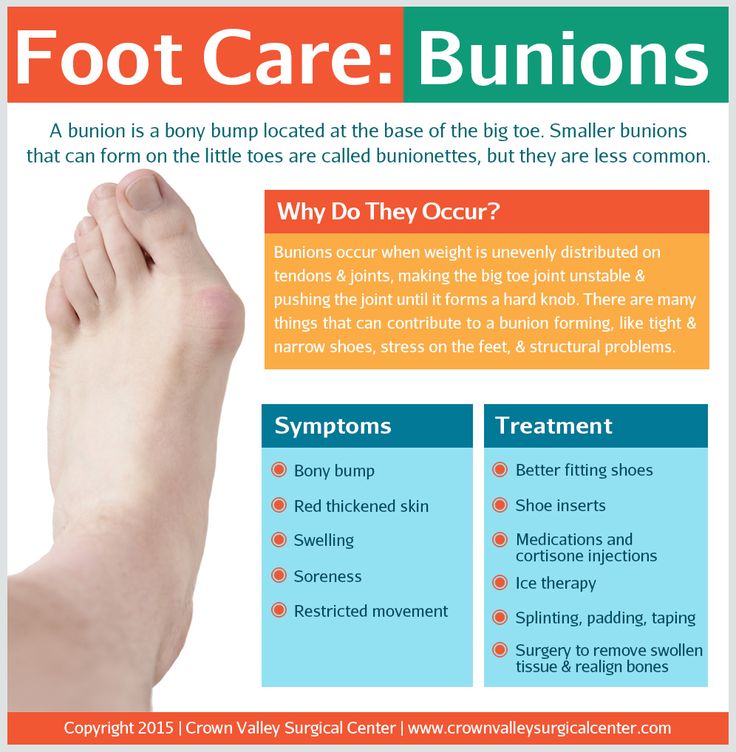 According to Pointe Magazine, “If your toes curl in plié, your shoe is too short, and that reduces the leverage and strength the toes have to support and protect the foot,” says Novella, a podiatrist who works with New York City Ballet, American Ballet Theatre. Too-short shoes can cause metatarsal stress fractures; dancers with more advanced bunions are particularly vulnerable.”
According to Pointe Magazine, “If your toes curl in plié, your shoe is too short, and that reduces the leverage and strength the toes have to support and protect the foot,” says Novella, a podiatrist who works with New York City Ballet, American Ballet Theatre. Too-short shoes can cause metatarsal stress fractures; dancers with more advanced bunions are particularly vulnerable.”
Home Remedies for Bunions
On top of stretching and giving your bunions some love, you can also use other at home remedies to treat them. According to Dance Spirit Magazine, Vaseline does the trick quite well, “If the area develops friction blisters, use Vaseline and a small amount of lamb’s wool in your shoes. Dr. Weil, a podiatric surgeon from Chicago, also suggests massaging the bunion with ice, in the direction of your heart, to reduce inflammation.”
Final Thoughts: How to Deal With Bunions as a Ballet Dancer
If you have bunions, it’s nothing to be embarrassed of! 10- 25% of people have them, so they’re pretty common.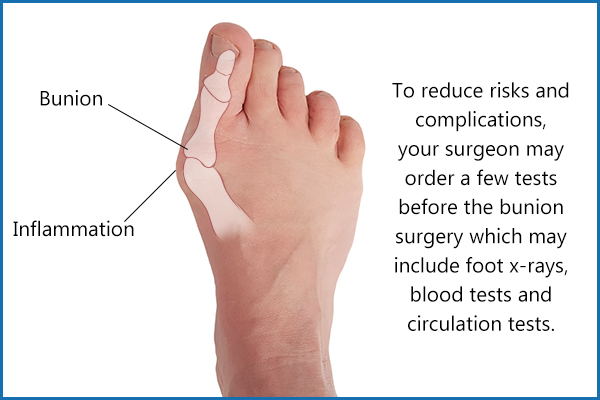 Your career as a dancer is not doomed by any means. Between stretching and treatments, you can still be an amazing dancer, and you don’t have to quit pointe either, despite those pesky bumps on your toe. Talk to your doctor about any potential treatments or exercises before you try them and if they are really bothering you, talk to your doctor about getting them removed. Either way, bunions will not prevent you from dancing across the stage!
Your career as a dancer is not doomed by any means. Between stretching and treatments, you can still be an amazing dancer, and you don’t have to quit pointe either, despite those pesky bumps on your toe. Talk to your doctor about any potential treatments or exercises before you try them and if they are really bothering you, talk to your doctor about getting them removed. Either way, bunions will not prevent you from dancing across the stage!
causes and methods of dealing with them
Contents
Dancing is a traumatic art, and it makes no sense to deny it. The intricate elements of the ballet , the exciting break-dance tricks, the dynamics of the latin and long workouts put the dancers' bodies to the test, and the knees are the most commonly affected. Fortunately, dancers' knee injuries can be prevented by taking all the necessary precautions.
Causes of knee injuries in dancers
If knee injuries in professional dancers tend to occur due to excessive loads during intense rehearsals, then amateur legs often suffer for another reason.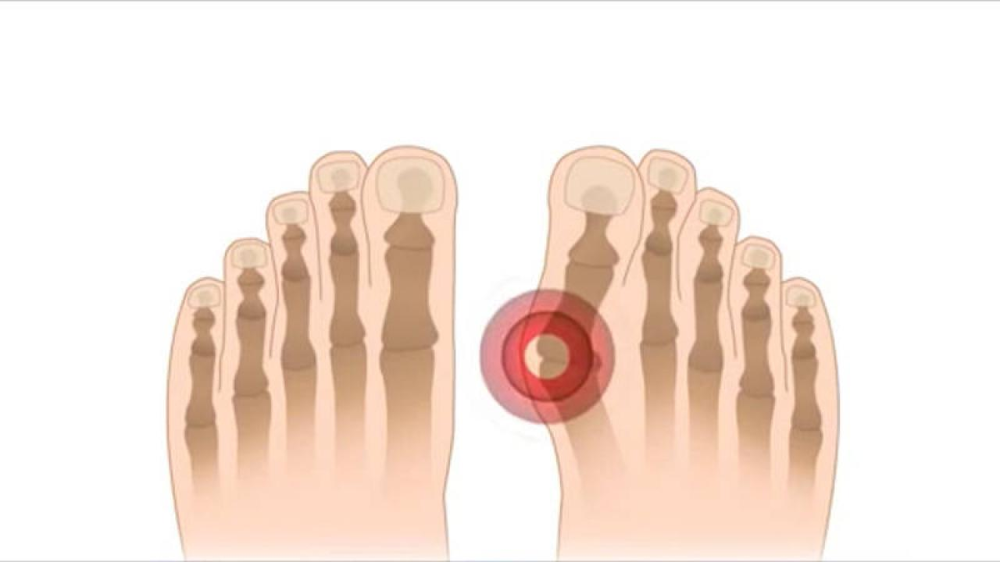 Doctors note that the risk of injury increases significantly if the dancer neglects the warm-up before classes and stretching. Or because of a muscle imbalance. Uneven development of the muscles leads to a violation of the symmetry of the joints, which is why the knees quickly “give up”. That is why professional dancers always pay great attention to the development of all the muscles of the body, strengthening weak points and preventing imbalances.
Doctors note that the risk of injury increases significantly if the dancer neglects the warm-up before classes and stretching. Or because of a muscle imbalance. Uneven development of the muscles leads to a violation of the symmetry of the joints, which is why the knees quickly “give up”. That is why professional dancers always pay great attention to the development of all the muscles of the body, strengthening weak points and preventing imbalances.
Sign up for a trial lesson
Common knee injuries among dancers
- Patellofemoral syndrome - the same crunch in the patella during jumping and squatting, as well as pain when sitting for a long time. Indicates a displacement of the patella. During loads, the cup begins to erase the cartilaginous tissue of the femur, which is fraught with unpleasant sensations and possible complications. The appearance of the disease requires a visit to a specialist and the necessary treatment.
- Patellar tendonitis - inflammation of the tendon in the knee joint.
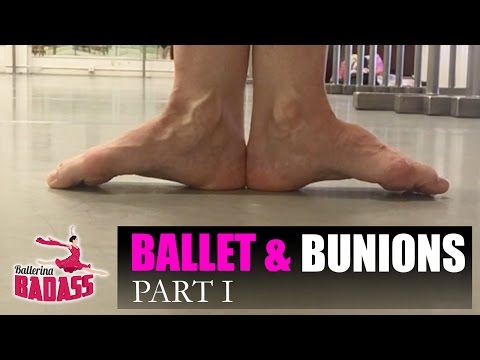 Makes itself felt aching pain and swelling. The problem is temporary, but during the healing period, rest, special ointments for inflammation and application of cold will be required.
Makes itself felt aching pain and swelling. The problem is temporary, but during the healing period, rest, special ointments for inflammation and application of cold will be required. - Pre-patellar bursitis - appears after hitting the knee on the floor, resulting in inflammation of the bursae - sacs with joint fluid. In the case of a simple injury, conventional anti-inflammatory drugs will help, but in case of a complication, surgical intervention will be required.
- Damage to the minisci - cartilaginous disks of the knee joints, which act as shock absorbers. Miniscus tear is a very serious injury, and one of the most common. If the miniscus is damaged, the help of doctors is required: they block the joint, use anti-inflammatory and painkillers. In case of repeated injury, an operation is prescribed.
- Ligament injury. Sharp turns and unsuccessful landings threaten to rupture the lateral ligaments of the knee joint. Such damage cannot be cured without qualified help.
 Rupture of the cruciate ligament, which can occur with unnatural eversion of the knee, requires surgical intervention and long-term rehabilitation.
Rupture of the cruciate ligament, which can occur with unnatural eversion of the knee, requires surgical intervention and long-term rehabilitation.
How to avoid injury
There are accidents when injury cannot be foreseen and avoided, but more often, knee injuries can be prevented if you approach classes wisely, namely, follow a number of recommendations from professionals:
- Choose qualified teachers. An experienced choreographer will not give wards tasks that do not correspond to their level. Complex elements, jumps and supports require the necessary physical preparation, which is developed gradually.
- Do not neglect your warm-up. Light movements before the main lesson are important to prepare the body for stress. "Warm" feet and knees will be less prone to sprains and sprains.
- Don't forget about stretching, which makes the ligaments elastic and the muscles flexible.
- Develop the muscles of the whole body so that muscle imbalances do not occur.
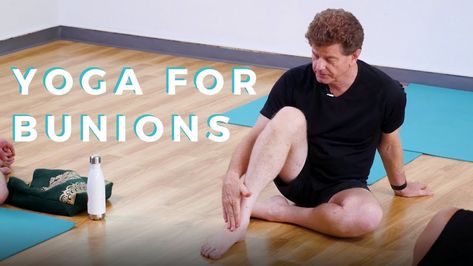 In addition to classes in a dance studio, regular physical education in the gym or at home will not be superfluous.
In addition to classes in a dance studio, regular physical education in the gym or at home will not be superfluous. - Wear comfortable clothes for dancing. Many dancers use leg warmers to keep their joints warm. And, of course, special shoes. Whether ballet slippers or ballroom shoes, they are designed specifically to reduce the risk of injury during rehearsals and performances.
| Agrofitness: working in the garden for the gardener's health Whether you are flying the garden, planting flowers, fertilizing, your muscles are working, your body is burning calories, you are breathing deeply, your heart rate is quickening - besides, all this is in the open air and under the sun. 06.05.2010 Pain in the muscles Author: doctor, candidate of medical sciences, Yudintseva M. S., [email protected] viral infections can cause a sensation of sore muscles. Regular exercise will help keep your muscles in good shape and prevent pain and cramps that occur after a heavy load. Pain associated with viral infections resolves on its own as you recover. Injuries and sprains require medical attention. 15.04.2008 Bursitis Author: doctor, candidate of medical sciences, Yudintseva M.S. or if the joint is under tension or pressure for a long time. 15.04.2008 Bursitis of the big toe Author: doctor, scientific director of JSC "Vidal Rus", Zhuchkova T. Bursitis of the big toe is a large tumor in the area of the big toe. Its appearance indicates a malfunction of the feet, often associated with flat feet. Imbalance in muscle balance can also lead to a bump and thumb deviation. 05/06/2010 Subcutaneous hematomas Author: Doctor, PhD Tolmacheva E. A., [email protected] Bruises form when blood cells penetrate from damaged blood vessels surrounding tissues. Usually these are bruises without damage to the skin structure. Fresh bruises are usually black, blue, or purple. As they pass, the color may turn greenish or yellow. 18.03.2012 Foreign bodies Authors: doctor, candidate of medical sciences, Yudintseva M. S., [email protected] As a rule, foreign bodies get into a person's eyes, ears, nose, respiratory tract and rectum. Problems with the ingestion of foreign bodies occur in both children and adults. Children are naturally curious and may deliberately put shiny objects into their mouths, such as coins or button cell batteries. For the same reason, such objects very often fall into their ears and nose. 05/06/2010 Bleeding Author: doctor, candidate of medical sciences, Tolmacheva EA, [email protected] Most minor cuts are not dangerous. Large wounds, especially if an artery is involved, can cause severe bleeding. Depending on the type of wound and its location, tendons and nerves can be damaged. Bleeding from significant wounds and/or deep cuts requires medical attention. 03/18/2012 Tennis Elbow Author: Doctor, PhD Tolmacheva E. A., e.tolmacheva@vidal. the outer side of the elbow (lateral epicondyle) causes severe pain. Tennis elbow is, of course, not only among tennis players. This injury can also be caused by other sports activities, such as golf, as well as gardening, certain types of construction work (such as masonry), scissor work, or swimming. 18.03.2012 Calluses Author: doctor, candidate of medical sciences, Yudintseva M. S., [email protected] Calluses are painful and easily friction. Under such a modified layer of the skin, fluid accumulates, which, like a pillow, protects the underlying layers from friction. As a result, a new layer of skin forms under the bladder, and the fluid inside it is gradually reabsorbed. 18.03.2012 Calluses and old calluses Calluses are an area of hardened, keratinized skin resulting from constant or frequent rubbing and pressure, most commonly on the hands and feet. 05/12/2010 Burns Authors: doctor, candidate of medical sciences, Yudintseva M.S., [email protected] A burn is damage to the skin, sometimes tissues, muscles and bones, associated with exposure to the skin of fire, electricity or chemicals . The longer the contact lasted, the worse the burn will be. Burns can also be due to exposure to hot vapor or liquid. 18.03.2012 Fractures Author: Doctor, Ph. 15.04.2008 Cuts and abrasions Author: doctor, candidate of medical sciences, Yudintseva MS, [email protected] A cut is a skin injury caused by a sharp object. Small cuts affect only the skin and fatty tissue just under the skin and usually go away on their own. More severe cuts (cut wounds) can affect muscles, tendons, blood vessels, ligaments, and nerves. Such injuries should be examined by a doctor. Scratches and abrasions are superficial damage to one or more layers of the skin. Scratches and abrasions usually affect the topmost layer. They may bleed, but they never become gaping. 12.05.2010 Loss of consciousness Author: doctor, candidate of medical sciences, E. answers questions, tingles, slaps). 12.05.2010 Muscle sprains Author: doctor, candidate of medical sciences, Yudintseva MS, [email protected] Muscle sprains occur when muscles or ligaments are stretched excessively. Very often this happens due to intense physical activity that is disproportionate to your capabilities, as well as overly active or fast movements or stress on unstretched, unheated muscles. You may feel like something bursts or tears when the tissues of the muscle or ligaments are too tight. It may be painful for you to walk and move. It usually takes 1 to 6 weeks for a sprain to heal. 12.05.2010 Ligament sprains Author: doctor, candidate of medical sciences, Yudintseva MS, [email protected] Sprain is a rupture of the fibers of the ligaments of the joint. Depending on the intensity of the traumatic force, there may be a partial violation of the integrity of individual fibers, a rupture with a complete break of the ligament along the length of the fibers, and a detachment if the ligament is torn off at the place of attachment to the bone. 12.05.2010 Achilles tendonitis Author: doctor, Ph.D. The Achilles tendon serves to attach the calf muscle to the calcaneus. It allows the foot to bend when you stand on your toes and rise when you walk. Each step depends on the Achilles tendon. Overstressing the Achilles tendon is a common situation for runners and other athletes, dancers, acrobats who jump a lot and start and stop abruptly. 12.05.2010 Heat stroke Author: doctor, candidate of medical sciences, Yudintseva MS, [email protected] Heat stroke is a serious problem requiring medical attention. If heat stroke is suspected, the victim should be immediately taken to the nearest hospital. Heatstroke does not necessarily occur after physical exertion, just a high ambient temperature and lack of fluid in the body is enough. |
 rays! In modern society, even a special term "agrofitness" has appeared to refer to gardening as a useful and healthy physical activity.
rays! In modern society, even a special term "agrofitness" has appeared to refer to gardening as a useful and healthy physical activity.  V.,
V., 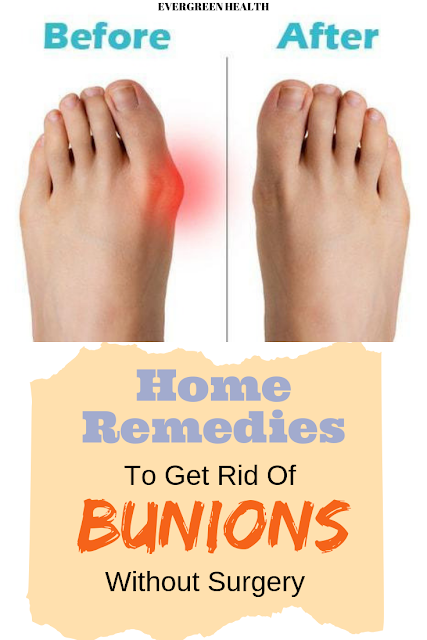
 ru
ru  These growths are harmless and usually painless.
These growths are harmless and usually painless. 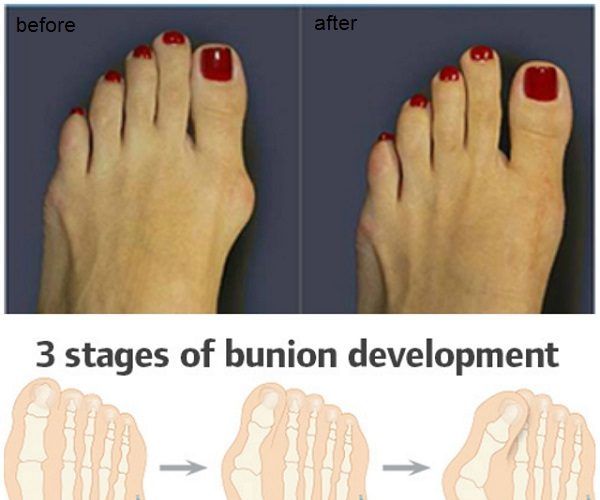 D. In a closed fracture, the bone is broken or cracked, but the skin is intact. With an open fracture, the bone is not only damaged, but also visible on the surface. An open fracture is often accompanied by heavy bleeding. Infections are also common in open fractures.
D. In a closed fracture, the bone is broken or cracked, but the skin is intact. With an open fracture, the bone is not only damaged, but also visible on the surface. An open fracture is often accompanied by heavy bleeding. Infections are also common in open fractures.  A. Tolmacheva,
A. Tolmacheva, 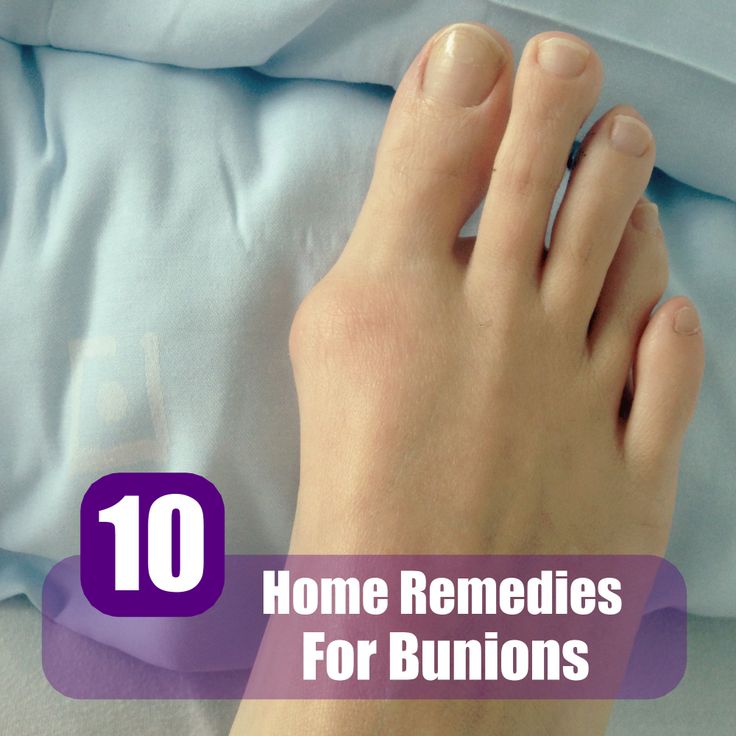 Sometimes, along with the ligament, a bone fragment comes off - an avulsion fracture.
Sometimes, along with the ligament, a bone fragment comes off - an avulsion fracture. 